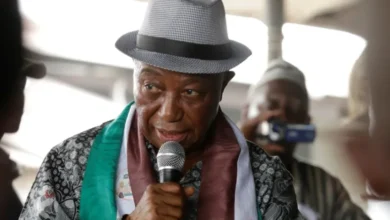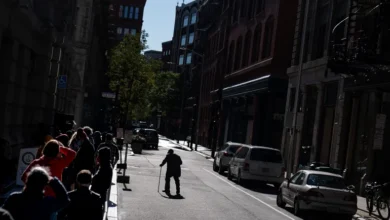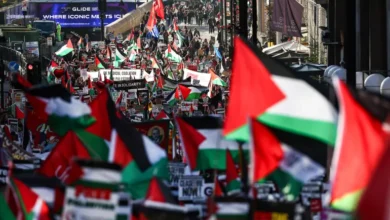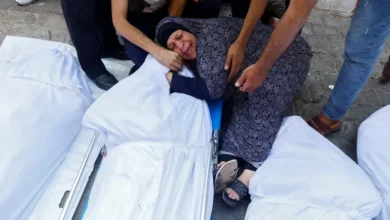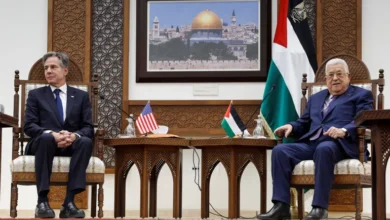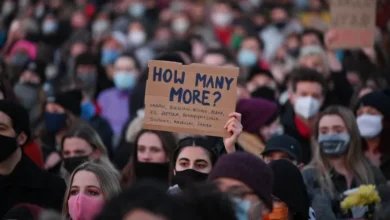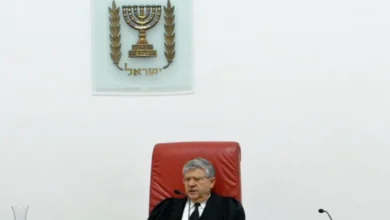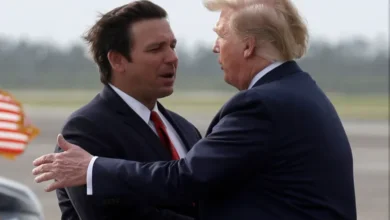Behind every child sex abuse image, there is a real child
Bob Shilling
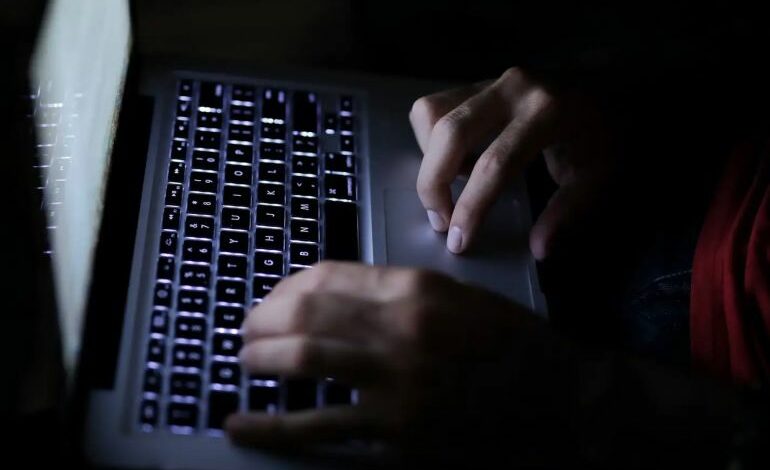
The floor creaked as the footsteps came closer and closer to my bedroom. My heart pounded as I anticipated the inevitable. The sound of the turning door knob made me anxious and short of breath. As the bedroom door opened, light from the hallway partially lit the room, exposing the silhouette of my grandfather.It was the 1950s, and after my father abandoned the family leaving us unable to pay our rent, my mother, sister and I moved in with our grandparents.
I faked being asleep, my mind racing. Family was sacrosanct. I felt engulfed by shame and cowardice. How could a teenage boy, who was taught to be “manly” and strong, be unable to overcome these nightly sexual attacks from his grandfather, who was supposed to love him? I was too paralysed to stop him. It went on for years.
One night, my mother entered the room as her father was raping me. I thought, “Oh, thank God, it’s over”. But my mother let out a gasp and promptly closed the door. She left. And as that bedroom door closed, so too did any hope of rescue.
It was too hard to digest. There was too much to lose. She looked away.Fast forward to where I sit now. I have dedicated my life and career to fighting this horrendous crime. Through 10 years in the Seattle Police Department patrol division, 26 and a half years as a detective in the Sexual Assault and Child Abuse Unit, and three years at Interpol as Head of Crimes Against Children in Lyon, France, I became the rescuer and protector I so desperately needed as a child.
At Interpol, my team was responsible for setting up the International Child Sexual Exploitation Database (ICSE). This pioneering initiative houses child abuse images submitted from countries all over the world.
My team and I were tasked to watch the material and investigate who the victims and perpetrators were. It was gruelling. Nauseating. But the horror kept us determined. By the end of my time there we had physically rescued 5,420 child victims of sexual abuse – many of whom were still in contact with their attackers.
When I think about the growing online safety crisis today, it sobers me to think of the more than seven million horrific images and videos that exist on that database, 40 percent of which are images of infants and toddlers being raped.When I was young and being abused, the nightly torture was confined to the oppression of my poverty-stricken family home.
Today, the exploitation spreads like a silent, deadly disease from homes all around the world through the darkest corners of the internet.
Children who have been raped and violated are betrayed further as their abuse is viewed online, millions of times.
So what I find staggering is, despite the progress society and technology have made, there are few, if any, game-changing solutions being put forward by tech companies to really protect children online. The misleading debate still mostly rages around how allowing images of child sexual violence to circulate freely is the price we have to pay to keep our day-to-day texts private. If you had seen what I had seen, there would be no contest.
Behind every image, there is a real child. A real child in danger. A real child living in fear. A real child being re-traumatised by abuse that will never end until tech companies are held accountable and remove those images.Babies and toddlers are not putting these images of themselves being abused online. We can no longer shrug off this scourge as “just teenagers sexting”. These are images captured by abusers, and shared by abusers.
And more often than not they are abusers who – as I did with mine – children think they can trust.
As a co-founder of the Brave Movement, I am among a group of formidable survivors fighting to safeguard both present and future children from sexual violence. Many of us were abused by people we trusted. Many of us were let down by the people we wanted to run to.
We have a shared experience of the isolation and depression that comes from this kind of abuse. The feeling of betrayal. The confusion as to why we didn’t see it coming. The shame that we have become broken goods.
One of my heroes, Walt Disney, who was physically abused as a child, once said, “Life is a harsh sentence to lay down for yourself.” He’s right. That’s what I did. I gave myself a life sentence for something my grandfather did and was solely responsible for. I spent decades carrying baggage even though it wasn’t mine to carry.Our commitment as the Brave Movement is to make sure that survivors can relinquish that baggage, have their voices heard and break the terrible silence around childhood sexual violence.
When it comes to the children’s online safety debate, we must ensure survivors and children have a seat at the table. And as our allies, we must ask that you help us.
Do not allow technology to control us to the extent that we sacrifice our children to its power. Do not let Big Tech convince you that protecting your child is a threat to your privacy.


